Invented by Steven FASTERT, Kevin J. Dowling, Benjamin Schlatka, Conor Rafferty, Medidata Solutions Inc
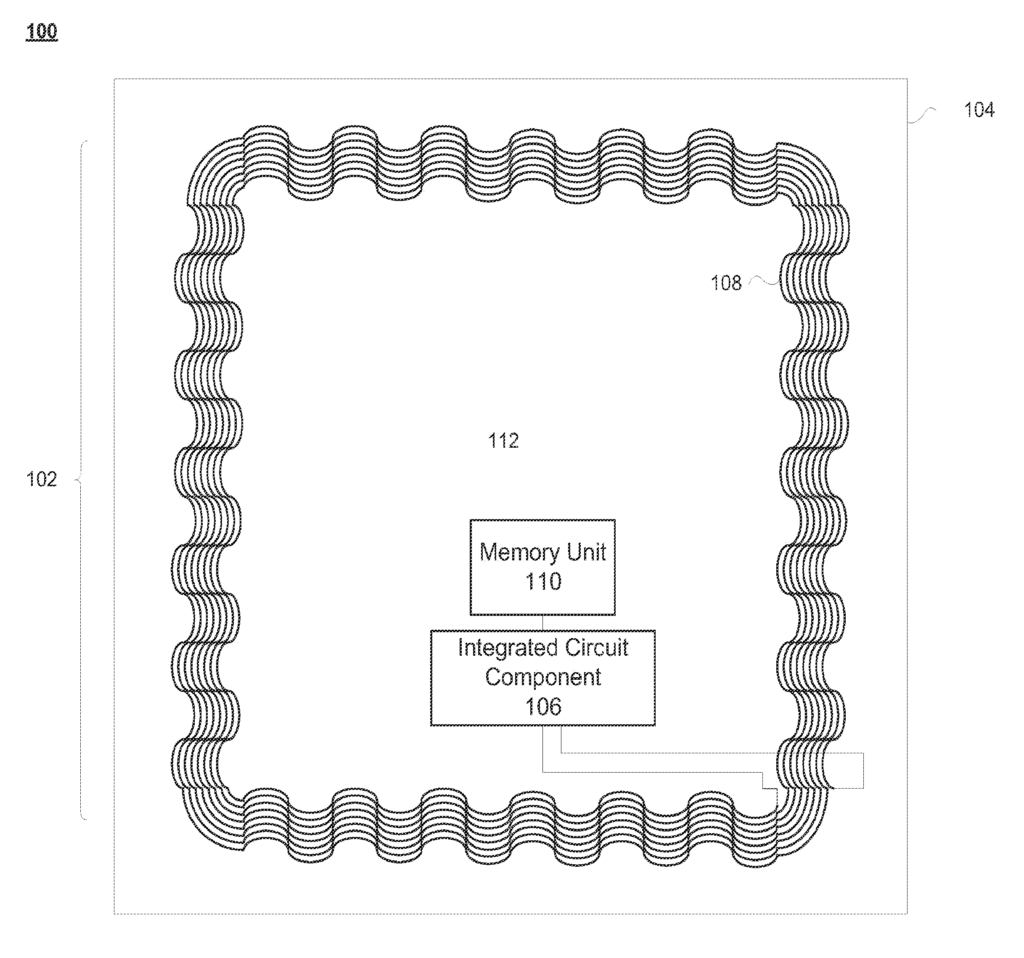
The Medidata Solutions Inc invention works as follows
# Exploring the Seamless Integration of Technology with Fashion: US Patent 10296819
Technology has seeped into virtually every aspect of our lives, and its fusion with fashion is inevitably shaping a future where our clothes do more than just cover us—they interact with our environment. Patent US 10296819 sheds light on an innovative method of merging electronics with apparel. This groundbreaking form of technology, known as conformal electronics, has the potential to revolutionize the way we perceive and use our clothing.
## 1. An Overview of Conformal Electronics and Fashion
### 1.1 The Essence of the Patent
At its core, the patent US 10296819, granted on May 21, 2019, discloses a system designed to integrate conformal electronic devices into apparel seamlessly【11†source】. Unlike traditional gadgets, which are distinct from what we wear, the electronics described in this patent meld with the fabric’s very structure, providing a new level of functionality to clothing.
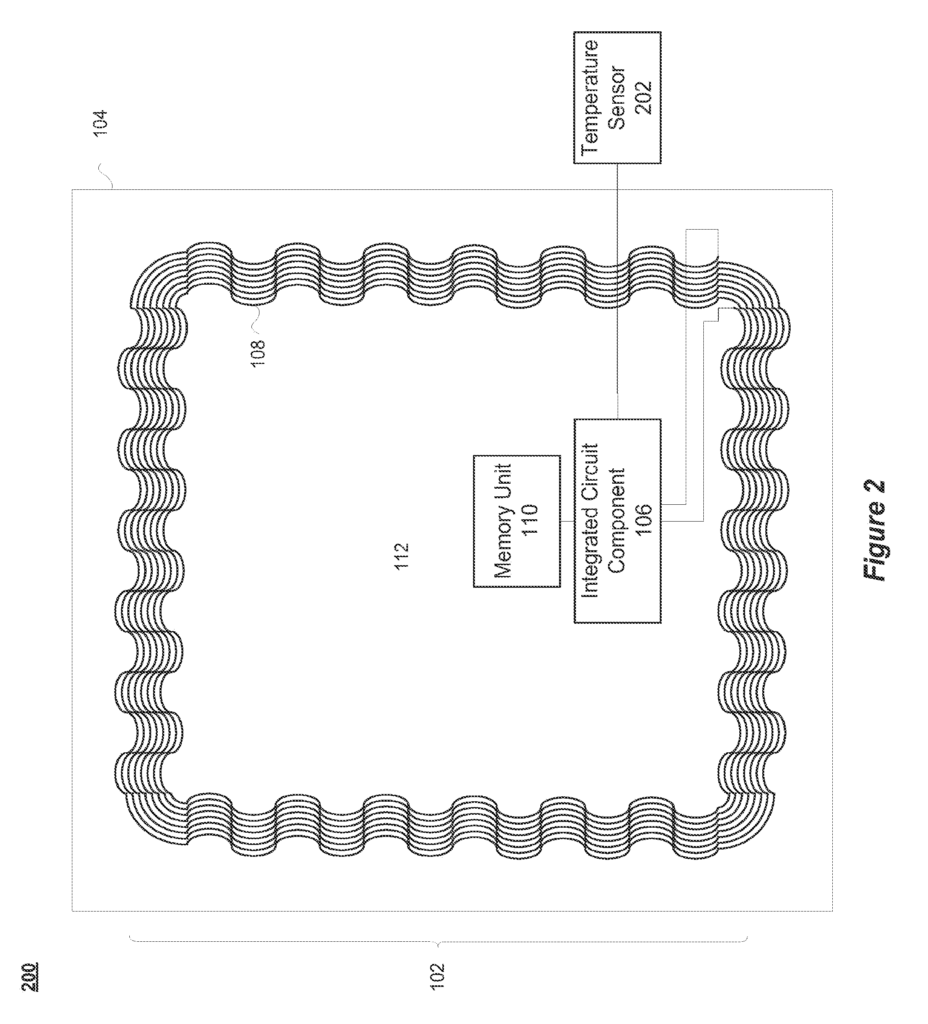
### 1.2 The Components
The patented system comprises a flexible substrate which serves as the base for the electronic devices. These devices are not only flexible but can include a stretchable coil that empowers them to receive and transmit near-field communications (NFC). NFC is a set of communication protocols that enable two electronic devices to share data when they are within close proximity of each other.
Moreover, the devices include an integrated circuit component and a memory unit, essentially furnishing the apparel with a miniaturized computer that nestles inconspicuously within the fibers. In certain iterations, this wearable technology might also pack sensors that log measurements relevant to the wearer or the surrounding ambience.
## 2. The Methodology behind the Invention
The versatile design of this system is notable. By using a flexible substrate, the electronics can adhere and conform to the varied shapes and movements of clothing and, by extension, the wearer. This quality ensures that the integration is not only functional but also comfortable and durable, capable of withstanding the fluid motion of daily wear.
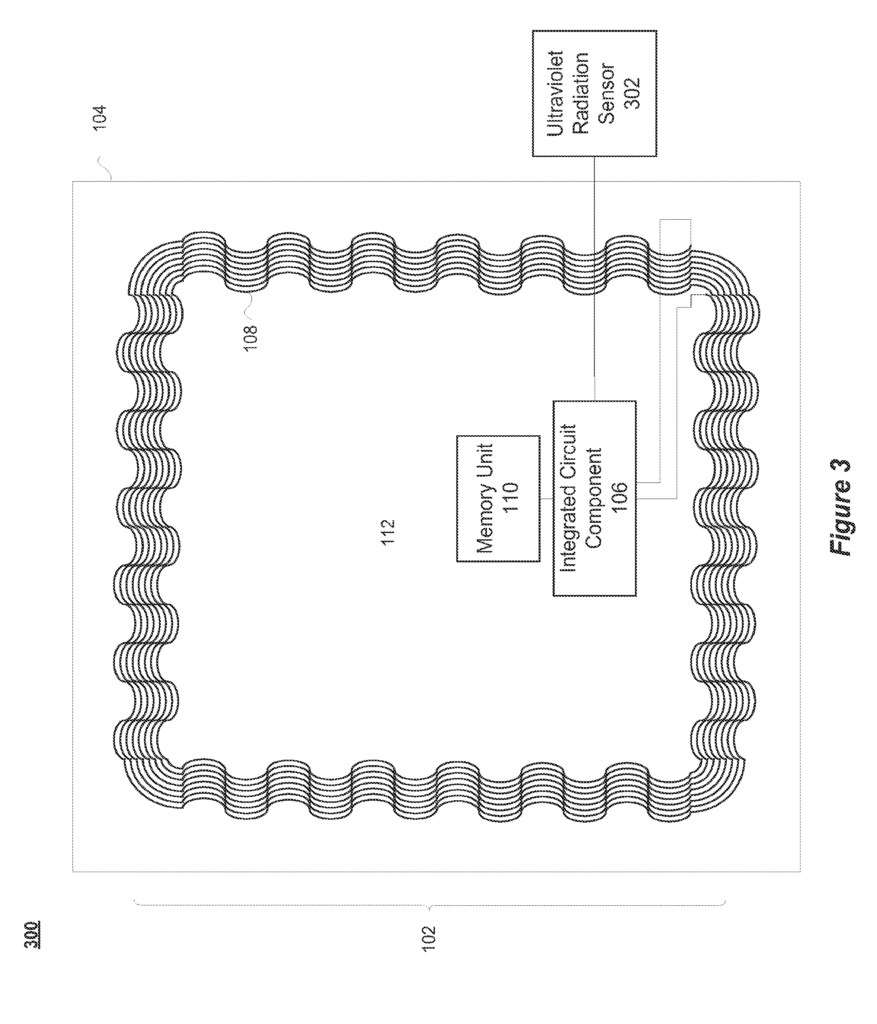
## 3. The Science behind Conformal Electronics
### 3.1 Flexibility and Durability
The science that enables this technology is multifaceted, focusing on material engineering and electronic innovation. Materials used for the flexible substrate and device must endure stretching, washing, and the rigors of everyday use without losing functionality. This necessitates a sophisticated balance between flexibility, durability, and electrical performance.
### 3.2 Data Transmission through NFC
The stretchable coil is vital for NFC communication. As wearable technology, the efficiency with which these coils can transmit and receive signals is critical. The patent delves into the scientific details of coil design and material choice to ensure optimal functioning of the NFC capabilities.
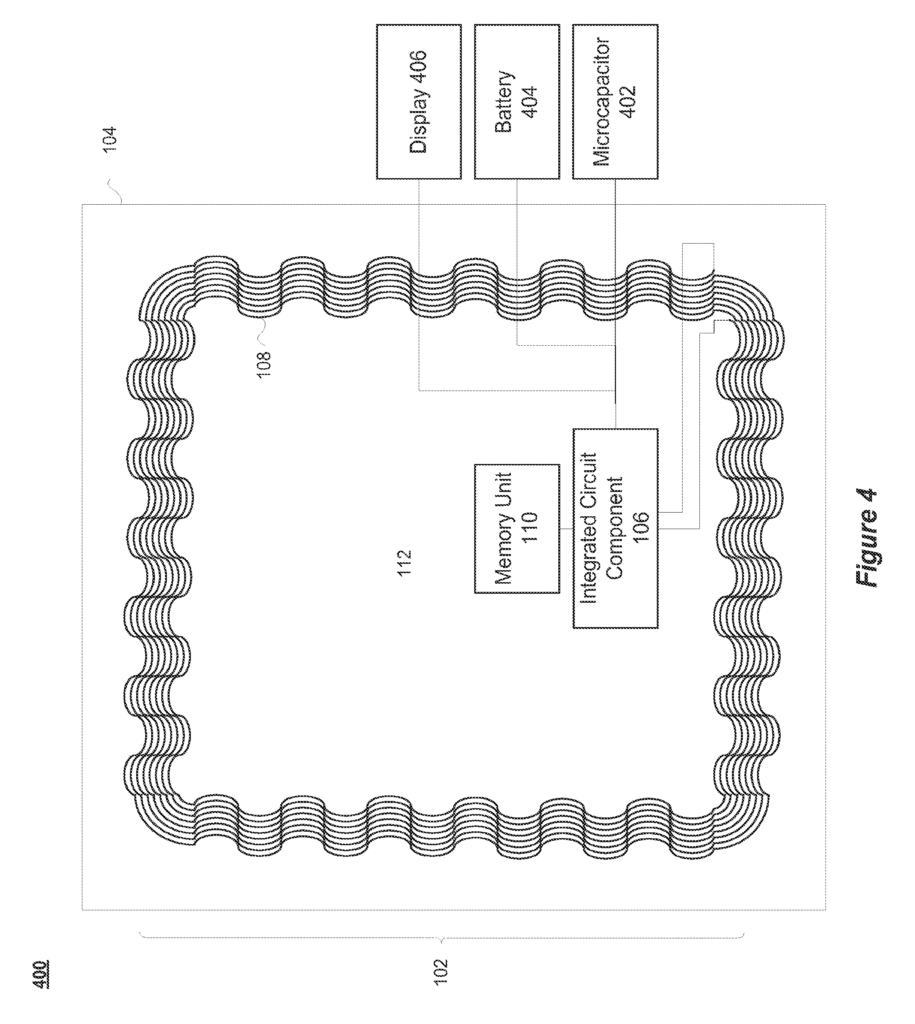
### 3.3 Sensory Integration
The inclusion of sensors opens up a plethora of potential applications. From monitoring the wearer’s vital signs to sensing environmental factors like temperature and humidity, these sensors could provide valuable data that enhances the wearer’s experience and may even contribute to health and safety monitoring.
## 4. Implications and Future Possibilities
### 4.1 Beyond Fashion: Healthcare and Fitness
The implications of this patent are profound. Clothing with such inbuilt technology could transform the way we monitor health, engage in fitness activities, and interact with our smart environments. For instance, an athlete’s performance gear could provide real-time statistics about their physiology, or smart casual wear could sync with home automation systems to enhance comfort and security.
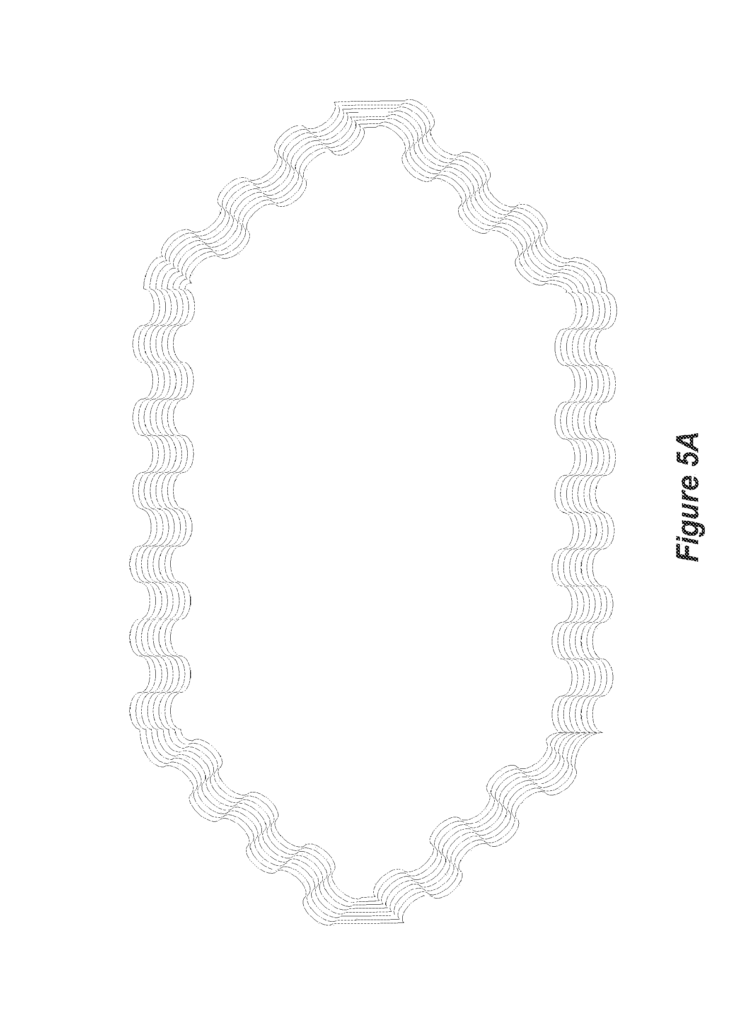
### 4.2 Privacy and Security Concerns
However, the rise of smart apparel also raises important privacy and security questions. With clothing capable of transmitting data, there will be an increased need for securing such information and ensuring user privacy.
### 4.3 A New Market for Fashion Tech
Finally, the patent envisions an evolving market where fashion and technology not only coexist but are interdependent. It catapults textile innovation to the forefront, demanding a new set of skills and collaborations across industries.
In conclusion, US Patent 10296819 is a harbinger of a tech-infused sartorial future. With the potential to embed intelligence into the very fabric of our clothing, this innovation blurs the lines between our digital and material worlds. As the technology matures, we can expect a new era of interactive, smart apparel that complements our lifestyles and perhaps, one day, even anticipates our needs.
# The Future of Wearable Technology: Seamless Electronics in Apparel
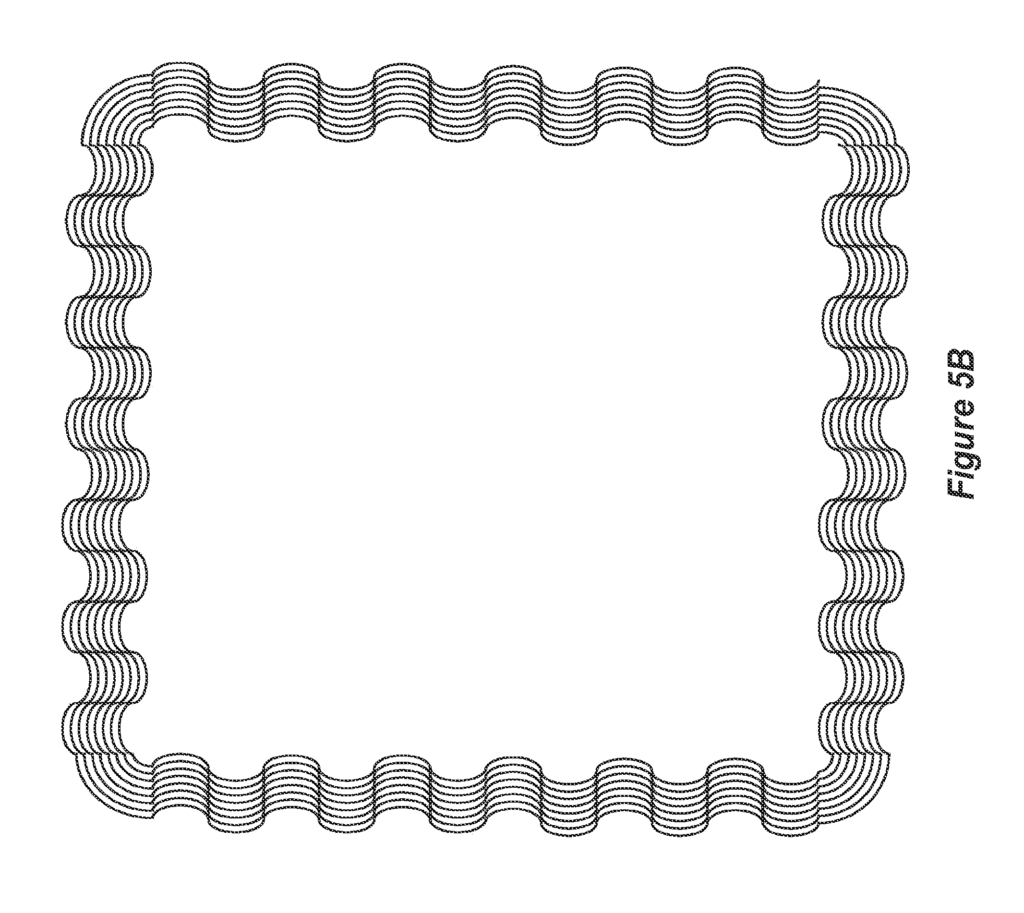
The intersection of cutting-edge electronics and high-performance apparel is a concept no longer confined to science fiction. The integration of flexible, durable electronics into everyday clothing is not simply about convenience; it is about enhancing human ability and experience in profound ways. US Patent 10296819 encapsulates the essence of this vision, aimed at pioneering a new frontier in the synthesis of technology and textiles. As we delve deeper into the science and implications of this revolutionary patent, we paint a picture of a world where our clothing is as smart as the devices we carry in our pockets.
## The Convergence of Functionality and Fashion in US Patent 10296819
### The Vision:
Patent US 10296819 introduces a robust concept for integrating electronics with apparel to offer a degree of interactivity previously unseen in clothing. The patent not only encompasses a system with a flexible substrate and a stretchable coil for NFC communication but also explores various materials and structures for this integration. This visionary framework is set to redefine the capabilities of our wardrobes, providing unprecedented levels of communication, measurement, and interaction through what we wear.
### Crucial Components and Design:
The flexible devices specified in the patent can include stretchable coils, integrated circuitry, memory units, and potentially sensors to monitor various aspects of the wearer’s environment. These components are built into fabrics composed of materials like polymers, elastomers, and thermo-polyurethane, among others, offering the necessary resilience to withstand continuous use, including exposure to water and numerous wash cycles.
## Diving into the Heart of the Invention
The methodology behind Patent US 10296819 is a triumph of engineering tailored to preserve functionality through regular use and environmental exposure. Such durability is critical, given that the electronics are to be incorporated into items subjected to the usual wear and tear of daily clothing. The system equips apparel with the capability to undergo at least thirty wash cycles without impairment, thanks to the careful selection of substrate materials and protective encapsulants.
### Integrating Sensor Technology for Enhanced Utility:
Sensors are a central feature of the flexible devices, allowing them to record vital data like temperature and ultraviolet radiation exposure. These sensors can be situated directly on the flexible substrate or externally with a wireless connection or flexible interconnect to the device. This versatility in sensor integration paves the way for the creation of smart garments capable of context-aware adjustments and feedback to the wearer.
### Interactivity and Data Handling:
A significant highlight of the patent is the ability of the embedded electronics to perform remote data read and write operations, facilitating seamless interaction between the apparel and other devices. The innovative use of erasable programmable read-only memory (EPROM) or electrically erasable programmable read-only memory (EEPROM) ensures that data storage is not just viable but can be manipulated as required.
### Display and User Interaction:
In some embodiments, the integrated electronics boast displays that can inform the wearer of various parameters like temperature or advise on suitable clothing selections based on environmental conditions. Such an interactive display could use numerical values, graphic symbols, or comparison indicators to provide valuable information at a glance.
## The Scientific Foundation of Conformal Electronics
The patent is underpinned by a rich body of knowledge in materials science, electrical engineering, and computer science.
### The Challenge of Flexibility:
Creating electronics that maintain function while being stretched, bent, and laundered requires materials with unique properties. The devices must balance mechanical pliability with electrical continuity—a challenging feat achieved through innovative material engineering.
### Data Transmission Challenges:
Ensuring efficient NFC communication within the stretchable coils necessitates precision in design and material selection. The patent acknowledges the complexities of wireless data transmission and storage, laying the groundwork for electronics that are both communicative and robust.
### The Role of Sensory Input:
The potential applications of embedded sensors in clothing are vast; ranging from medical monitoring to athletic performance tracking. By integrating such sensors, the patent opens the door to apparel that not only adapts to environmental changes but also tracks health metrics and physical data in real-time.
## Potential Impact and Future Directions
### Transformative Implications for Industry and Society:
If brought to fruition, the integration of conformal electronics into apparel could lead to significant shifts in various sectors. The blending of fashion, technology, fitness, and healthcare holds the promise of garments that are not just apparel but tools of empowerment.
### Privacy and Ethical Considerations:
The innovation described in the patent, while promising, also ushers in critical questions about data security and privacy. Any system capable of recording and transmitting personal data must be designed with stringent security measures to protect the wearer’s information.
### Towards a New Era of Smart Apparel:
The patent represents a blueprint for apparel that could one day keep us connected, informed, and perhaps even safe. It foresees a new class of “smart” garments, capable of interfacing with the digital world, and blurs the boundaries of what we traditionally expect from clothing.
US Patent 10296819 is more than just a document; it’s a vision of a future where clothing goes beyond aesthetic and comfort. It offers a thought-provoking glimpse into an era where textiles are not passive but active participants in our daily lives, enhancing our abilities and providing us with insights that were once the realm of science fiction. As society moves towards an increasingly interconnected world, the amalgamation of clothing and technology as described in this patent seems not only possible but inevitable.
Click here to view the patent on Google Patents.
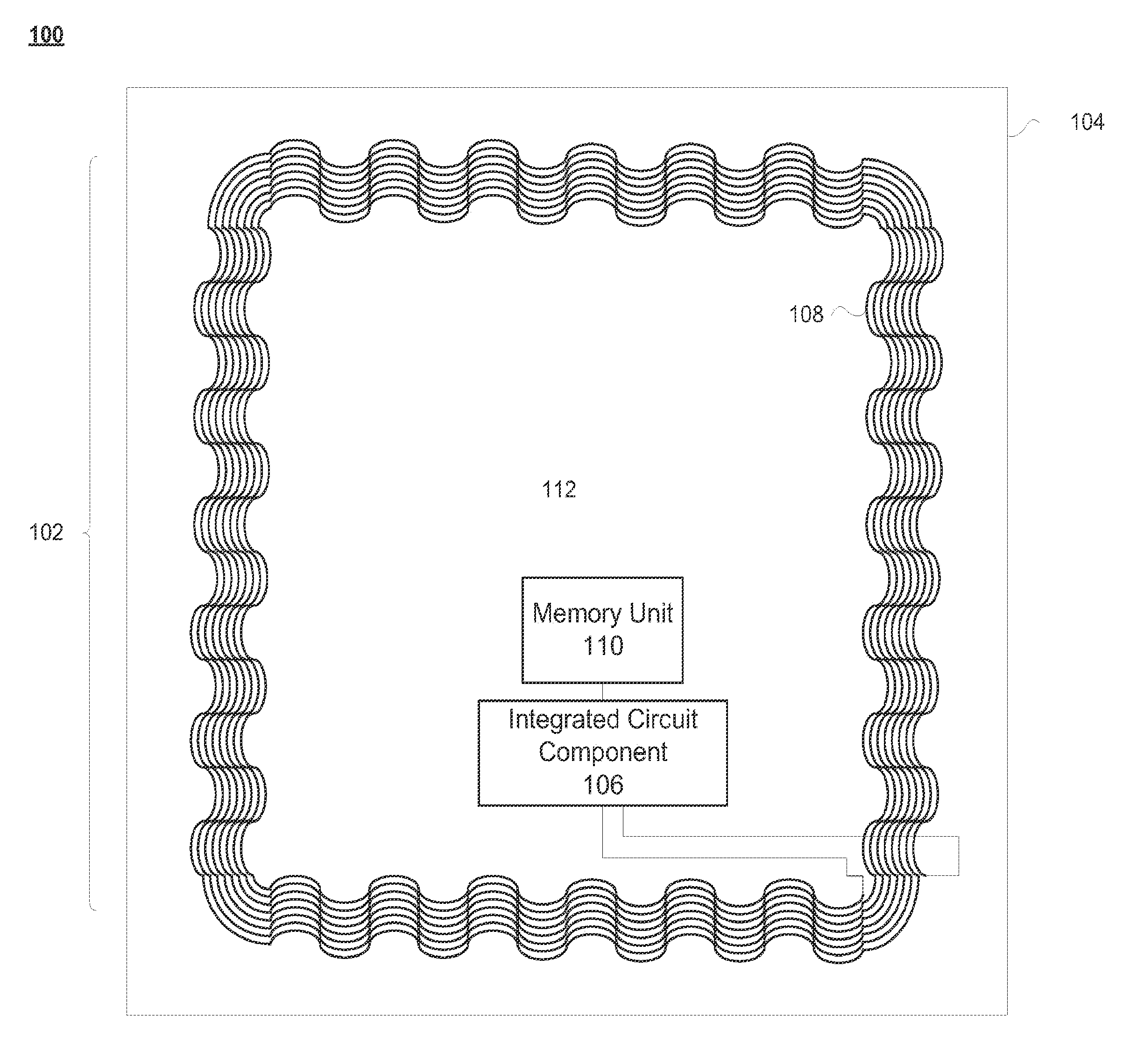
Leave a Reply